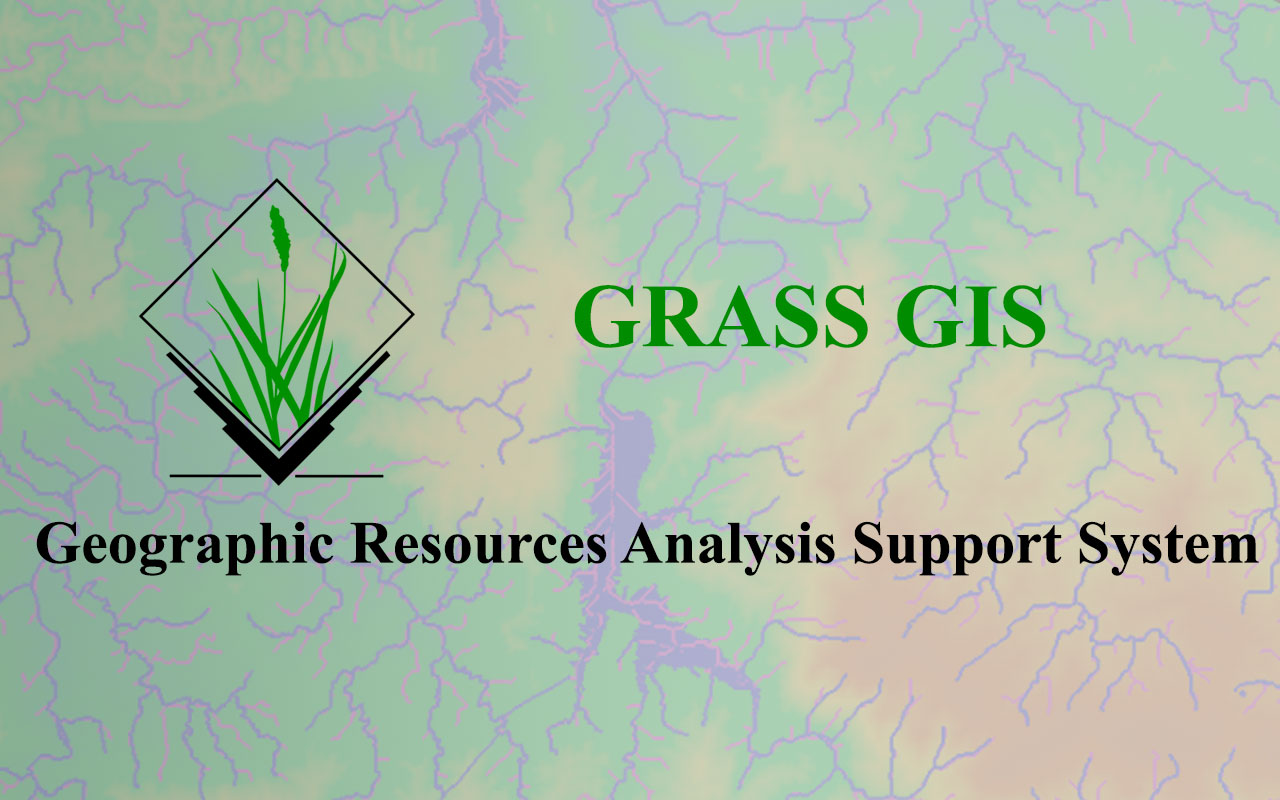Lots of GIS application are available in the market but still, there is a lot of demand for GRASS GIS, But what is GRASS GIS?
GRASS GIS – Geographic Resources Analysis Support System is a geographic information system (GIS) software package which is freely available and is used for database management, geospatial data analysis, analysis, image processing, spatial and temporal modelling with visualization. It can handle raster, topological vector and graphics data. GRASS GIS provides over 350 functions or modules to render maps and images monitoring with a capability to manipulate, manipulate raster and vector data including vector networks, process multispectral image data; and create, manage, and store spatial data. These modules are written in C, C++, Python and other scripting languages. It supports libraries i.e. GDAL for raster and OGR for vector data analysis.
GRASS GIS application is free and is licensed as open-source software under the GNU General Public License (GPL). It can run on multiple operating systems, including OS X, Windows and Linux operating system. Users can interact with the software interface through a graphical user interface (GUI) or by plugging into GRASS via alternative software such as QGIS application. A newer version of QGIS application can be executed within the GRASS environment. It is an official project and founding member of the Open Source Geospatial Foundation (OSGeo).
A brief history of GRASS GIS
Originally GRASS GIS has been developed and directed by the U.S. Army – Construction Engineering Research Laboratory (USA-CERL), a branch of the U.S. Army Corps of Engineers, in Champaign, Illinois. They used as a tool for land management and environmental planning. GRASS GIS offers both graphical and commands line user interface for ease of operation.
Currently GRASS GIS is being used in academic and commercial platform around the world, and also in many government agencies including NASA, NOAA, USDA, DLR, CSIRO, the National Park Service, the U.S. Census Bureau, USGS, and many environmental consulting companies because its code can be inspected and tailored to their requirement and needs.
GRASS GIS capabilities
- Raster analysis: There are many Raster analysis that GRASS can perform, some of them are: Automatic raster to vector conversion, Buffering of line structures, Conversion to vector and point data format, Correlation/Covariance analysis, Expert system analysis, Map algebra, Raster overlay with or without weight, Reclassification of cell labels, Rescaling of cell values, Neighbourhood matrix analysis, Statistical cell analysis, Surface generation from vector lines.
- Vector analysis: Conversion to raster format, Reclassification of vector labels, Contour generation from raster surfaces (IDW, Splines algorithm), Digitizing (scanned raster image) with a mouse.
- Point analysis: Surface interpolation from spot heights, Delaunay triangulation, Thiessen polygons, Topographic analysis.
- Image processing: Shape detection, Supervised classification (training areas, maximum likelihood classification), Colour composite generation, Histogram stretching, Principal component analysis (PCA), Radiometric corrections (Fourier), Resolution enhancement (with RGB/IHS), Image rectification (affine and polynomial transformations on raster and vector targets), Ortho photo rectification, IHS transformation to RGB, Texture oriented classification (sequential maximum a posteriori classification), Support for aerial and UAV images, satellite data (optical, radar, thermal), RGB to IHS transformation, Canonical component analysis (CCA), Edge detection, Resampling, Unsupervised classification (minimum distance clustering, maximum likelihood classification).
- DTM-Analysis: Contour generation, Cost/Path analysis, Slope/Aspect analysis, Surface generation from spot heights or contours.
- Geocoding: It can perform Geocoding of raster and vector maps including (LiDAR) point clouds.
- Visualization: Map overlay, Point data maps, Raster maps, Vector maps, 3D surfaces with 3D query (NVIZ), Color assignments, Histogram presentation,.
- Map creation: Image maps, Postscript maps, HTML maps.
- SQL: It can provide access to Database interfaces such as (DBF, SQLite, PostgreSQL, mySQL, ODBC).
- Geostatistics: Interface to “R” (a statistical analysis environment.
- Others: Erosion modelling, Landscape structure analysis, Solution transport, Watershed analysis.
Stable Release
7.2.3
Operating System
Windows, Mac, Linux
Website
